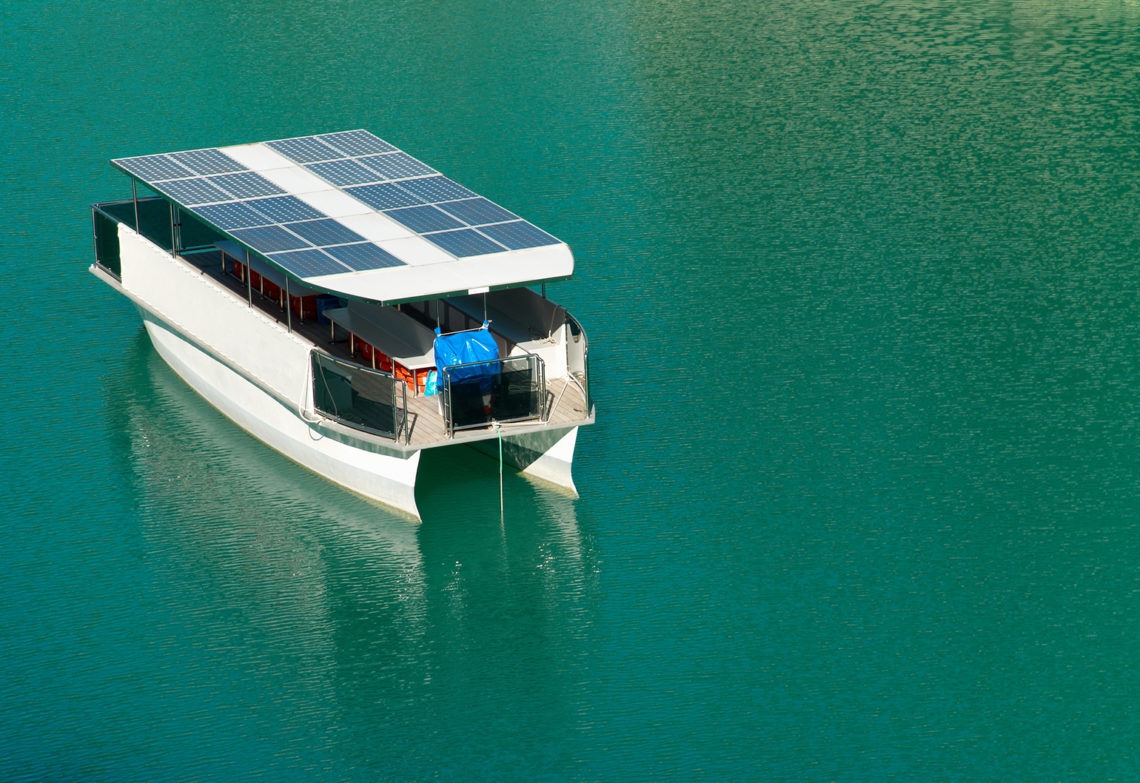Floating photovoltaic cells could become a power source for remote islands, thanks to technology developed by Australian engineers.
Networks of homes have been used as virtual power plants, and vehicle-to-grid technology has turned electric cars into a source of power.
For small or remote islands, however, the best form of distributed energy generation might come floating offshore.
Engineers at the University of New South Wales (UNSW) have demonstrated – at least in principle – that island communities could reduce their use of fossil fuels by using electric boats as a power source.
The technology could also be used to provide remote communities with immediate power after natural disasters, rather than having to wait weeks while grid systems are repaired.
Electric boats have many advantages as a means of power generation; they use photovoltaic cells, so they only produce electricity, rather than drawing it from the grid. And because they can move, they are not tethered to one place, meaning they can move away from overcast areas in pursuit of more sunny conditions.
The technology, which has only been tested in a laboratory so far, uses a real-time load support system that coordinates demand for electricity with the supply available from the connected boats, and permits owners to decide whether they want to sell energy at the determined price.
This article first appeared as “Energy from electric boats” in the March 2020 issue of create magazine.



